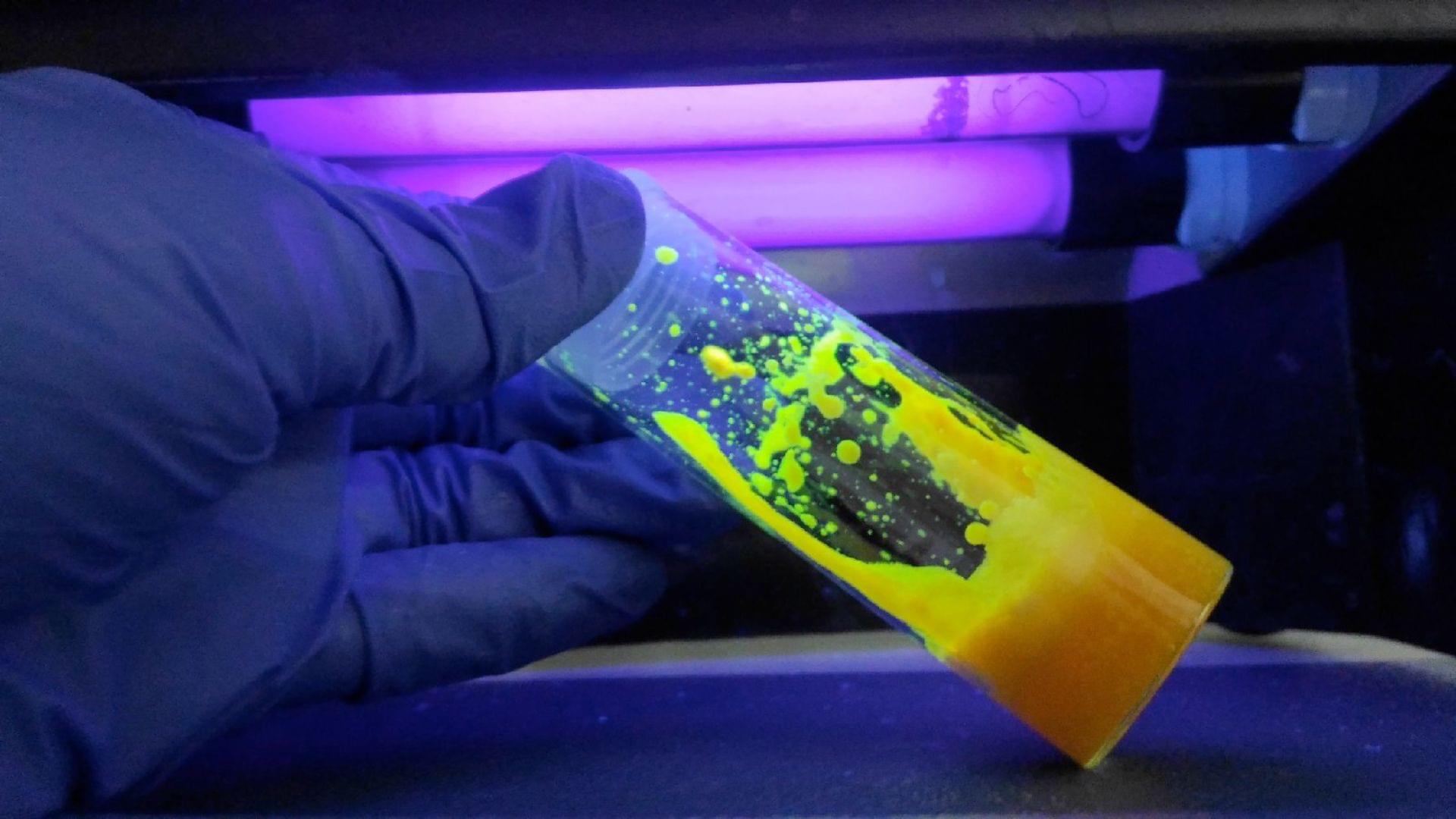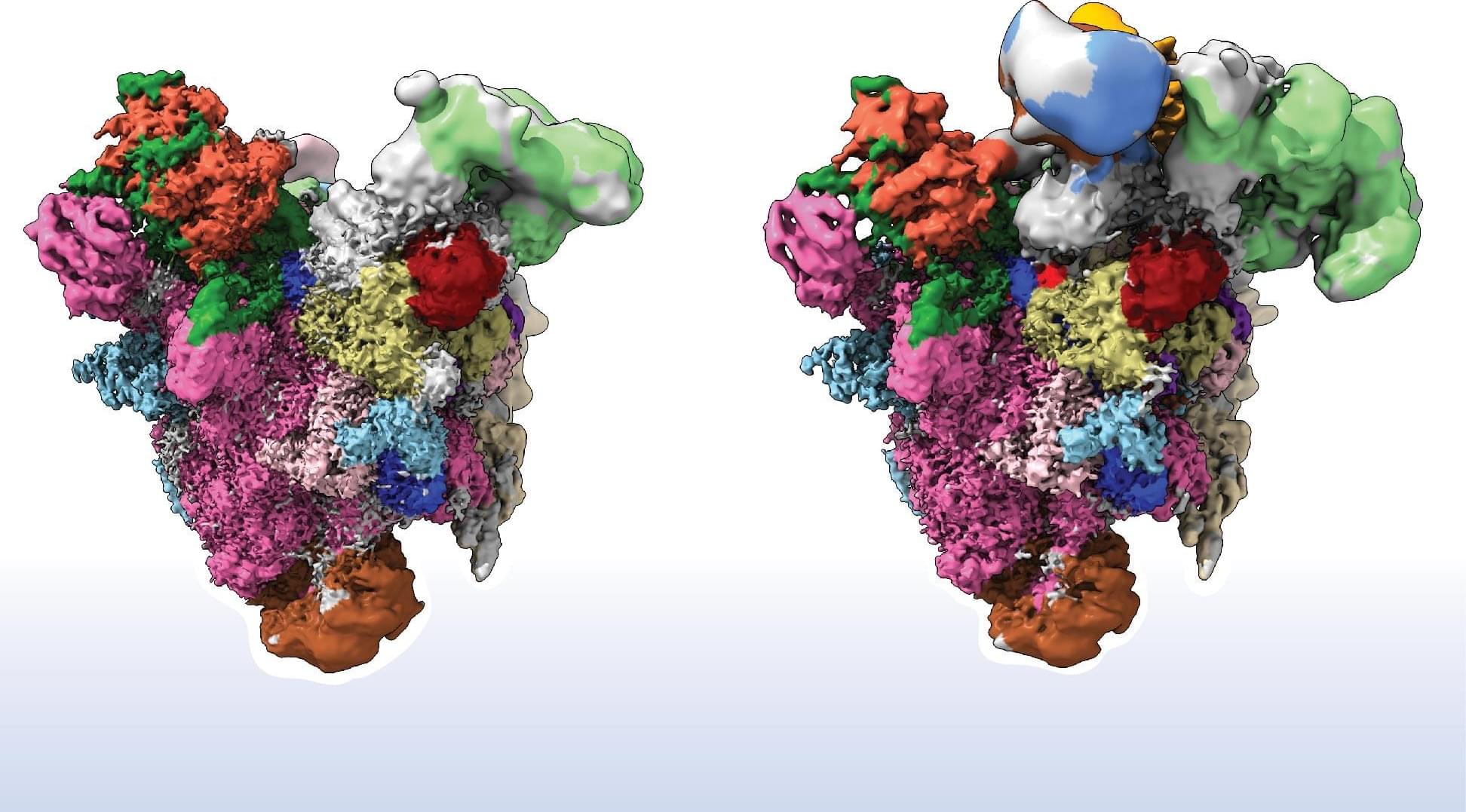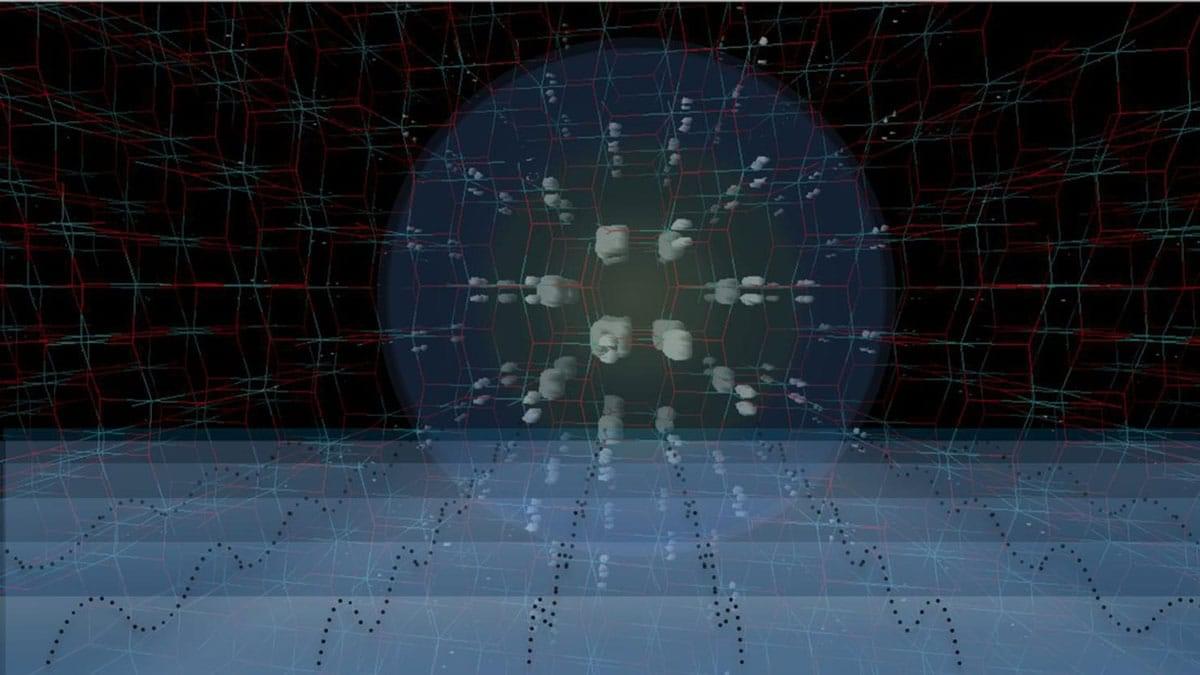Study found that magnetic order of chromium sulfide bromide can be turned on or off—like a switch—by changing the temperature.
Get the latest international news and world events from around the world.


New antibiotic drug is a ‘massive game changer’ for people with chronic lower back pain
Chronic lower back pain is one of the top complaints that sends Americans to their doctors — and it’s a leading cause of missed workdays and disability claims.
While slipped discs, arthritis and spinal problems are often blamed, for some, the real culprit is an infection. Now, there’s hope on the horizon for these patients.
Early clinical trial results indicate a new antibiotic drug could treat — or even cure — the infection. Experts are hailing it as a “massive gamechanger” with the potential to drastically improve the quality of life for those suffering from chronic lower back pain.

Scientists release plans for an even bigger atom smasher to address the mysteries of physics
Top minds at the world’s largest atom smasher have released a blueprint for a much bigger successor that could vastly improve research into the remaining enigmas of physics.
The plans for the Future Circular Collider—a nearly 91-kilometer (56.5-mile) loop along the French-Swiss border and below Lake Geneva—published late Monday put the finishing details on a project roughly a decade in the making at CERN, the European Organization for Nuclear Research.
The FCC would carry out high-precision experiments in the mid-2040s to study “known physics” in greater detail, then enter a second phase—planned for 2070—that would conduct high-energy collisions of protons and heavy ions that would “open the door to the unknown,” said Giorgio Chiarelli, a research director at Italy’s National Institute of Nuclear Physics.


World’s first quantum microsatellite demonstrates secure communication with multiple ground stations
A research team has developed the world’s first quantum microsatellite and demonstrated real-time quantum key distribution (QKD) between the satellite and multiple compact, mobile ground stations.
The research, led by Pan Jianwei, Peng Chengzhi, and Liao Shengkai from USTC, jointly with the Jinan Institute of Quantum Technology, Shanghai Institute of Technical Physics, the Innovation Academy for Microsatellites of the Chinese Academy of Sciences, and Stellenbosch University of South Africa, is published in Nature.
Quantum secure communication is fundamental to national information security and socioeconomic development. QKD, a communication method with proven unconditional security, significantly enhances data transmission security. While fiber-based QKD networks have achieved regional implementation, their practical application over long distances remains constrained by signal loss and limited coverage. Satellite-based systems present a viable solution through free-space communication, potentially enabling QKD on a global scale.


Controlling the optical properties of solids with acoustic waves
However, moderately significant changes have only been achieved under equilibrium conditions and at low temperatures. Significant differences at ambient temperatures, which are essential for applications, have so far been lacking.
For the first-ever time in collaboration with the theory groups of Angel Rubio (Max-Planck Institute, Hamburg) and Pascal Ruello (Université de Le Mans), EPFL scientists were able to control the excitonic properties using acoustic waves.
Scientists launched a high-frequency, large-amplitude acoustic wave in a material using ultrashort laser pulses. Doing this allowed them to manipulate the exciton properties at high speed. This astounding outcome was reached on titanium dioxide at room temperature, a cheap and abundant semiconductor that is used in a wide variety of light-energy conversion technologies, for example, photovoltaics, photocatalysis, and transparent conductive substrates.
How glucose helps the SARS-CoV-2 to replicate?
EPFL’s Blue Brain Project deployed its powerful brain simulation technology and expertise in cellular and molecular biology to try and answer this question.
